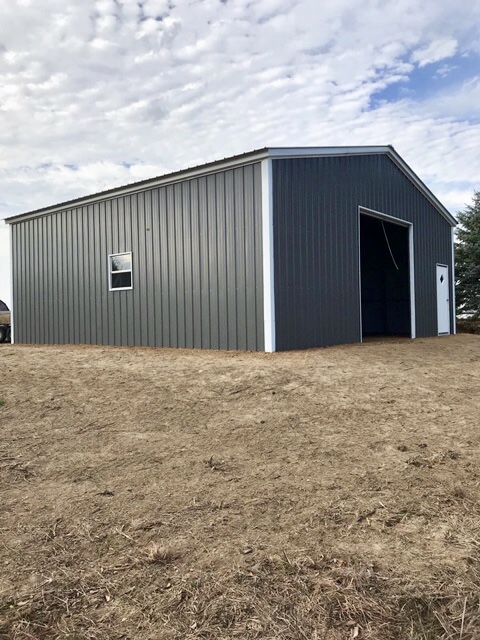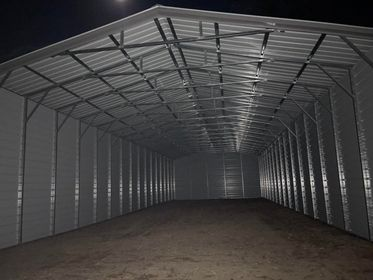
Generally, a pole barn is less expensive than a metal building. It has a more straightforward construction process and a lower cost of materials. However, there are now more affordable metal buildings like prefabricated or pre-engineered ones. Which is cheaper, a pole barn or a metal building?
In assessing the expense of building structures, you need to consider several cost factors. These involve initial and possible fees that may occur while using a pole barn or metal building.
Size and design of the structure: Remember that the bigger the building, the more expensive it will be to assemble. The complexity of the design plays a role in pricing, as intricacy requires more materials and labor.
Moreover, a pole barn or metal building should also have strong framing for support. A proper frame is vital to the structure’s overall stability and to prevent any damage from elements. It is recommendable to select a framing material based on factors such as climate, budget, and longevity. Additionally, choose a design that will suit your needs, such as adding a lean-to or additional storage area.

Materials to use in construction vary in price: Nowadays, you can build pole barns using different materials. Although, the most common and low-cost option is wood. The problem is wooden materials are hard to maintain and flammable. These also warp in changing weather and attract termites.
Metal, on the other hand, tends to be more expensive. It requires specialized tools and skills for installation, particularly if you opt for a traditional construction process. However, metal has a longer lifespan than wood and can better withstand harsh climates.
Additional features or amenities: Certainly, any structure additions can further increase the cost of a pole barn or metal building. Thus, you need to check the priorities and how to make them cost-efficient for your needs. Here are some essential features to count:
- Insulation – Insulating an enclosed space ensures it remains energy efficient and comfortable year-round. Moreover, it reduces noise levels inside the structure.
- Ventilation – Proper ventilation makes condensation manageable, increases air circulation, and decreases airborne pollutants inside the structure.
- Lighting – Choosing the proper lighting is vital for safety and for creating an inviting atmosphere. It’s good that there are many options available that are energy efficient and attractive.
- Flooring – The floor will be one of the most used parts of a building, so it is crucial to choose a durable type. It is a must that it can withstand foot traffic, weather, and moisture.
- Doors and windows – These are for aesthetic appeal and safety, ventilation, and energy efficiency.
- Electrical – Install wiring and outlets correctly to avoid safety hazards. Additionally, it is ideal if you can use lights and appliances easily.
- Heating and Cooling – Depending on the size of your structure, you should choose a system with adequate climate control—for example, ductless mini-splits, central AC systems, and electric baseboard heaters.
- Roofing – Options such as corrugated steel, asphalt shingles, wood shakes, and slate are all durable and attractive choices.
Ultimately, deciding which building is cheaper should be based on a thorough comparison. Regard any additional costs associated with the construction process and beyond. For example, metal buildings may require foundation and engineering work. Pole barns typically do not need the latter. But they generally have lower clearance heights and may demand more frequent maintenance.
